Objectives:
To understand the dynamics of media culture and society. To study the core concepts of critical reading of the media.
Course outcome:
CO1: Students will be familiar with the media literacy
CO2: Students will able to understand the different Media genres.
CO3: The students will be able to understand the ownership and control of the News Industry
CO4: To understand the dynamics of media culture andsociety.
CO5: To understand the futuristic aspects of media
Unit 1:
Media saturation. The manufacture and management of information. Why, How and How Not to study media. Atheoretical framework for media education. The need for critical autonomy.
Unit 2:
Media determinants: Owners and controlling companies. State and the law. Advertisers. Economicdeterminants. Media rhetoric. Selection. The rhetoric of the image. The effect of camera and crew. Visual coding. Politicaleconomy of media and global issues.
Unit 3:
Media as the consciousness industry. Mediaideology. Dominant and subordinate ideologies. AgendaSetting.Media and realism. Media and identity, cultural approachin studying the media.
Unit 4:
Media audiences: Reception, Audience positioning. Subjectivity. Pleasure. Audience dynamics. Impact of media on society, ecological perspectives.
Unit 5:
Alternate media: Indian and global initiatives; socialmedia for social change; Future of mass media: digital technologies, changing media, Globalization and media.
TOTAL 60 Hrs.
 CHAT WITH A STUDENT
CHAT WITH A STUDENT